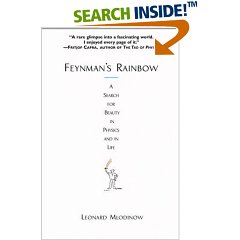NEWER NEWS: There are 8 planets, and Pluto isn’t one of them.
-
In a stunning reversal, astronomers who were ready to expand the solar system by three planets just last week voted to shrink it yesterday instead, stripping Pluto of its status as the solar system’s most distant and quirkiest planet. (From Baltimore Sun).
The decision by the prestigious international group spells out the basic tests that celestial objects will have to meet before they can be considered for admission to the elite cosmic club…. Much-maligned Pluto doesn’t make the grade under the new rules for a planet: “a celestial body that is in orbit around the sun, has sufficient mass for its self-gravity to overcome rigid body forces so that it assumes a … nearly round shape, and has cleared the neighborhood around its orbit.” … Pluto is automatically disqualified because its oblong orbit overlaps with Neptune’s. Instead, it will be reclassified in a new category of “dwarf planets.” (From Detroit Press).
“It could be argued that we are creating an umbrella called ‘planet’ under which the dwarf planets exist,” [Jocelyn Bell Burnell, a specialist in neutron stars from Northern Ireland who oversaw the proceedings] said, drawing laughter by waving a stuffed Pluto of Walt Disney fame beneath a real umbrella. (From Detroit Press).
OLDER NEWS: You’ve probably heard the news. The International Astronomical Union (IAU) got together last week and proposed a new definition of “planet” that would mean that we have 12 planets instead of 9. Here is an excerpt from the article on space.com:
-
The definition, which basically says round objects orbiting stars will be called planets, is simple at first glance:
“A planet is a celestial body that (a) has sufficient mass for its self-gravity to overcome rigid body forces so that it assumes a hydrostatic equilibrium (nearly round) shape, and (b) is in orbit around a star, and is neither a star nor a satellite of a planet.”
“Our goal was to find a scientific basis for a new definition of planet and we chose gravity as the determining factor,” said Richard Binzel, an MIT planetary scientist who was part of a seven-member IAU committee that hashed out the proposal. “Nature decides whether or not an object is a planet.”
Here is a very enjoyable NYTimes essay by Dennis Overbye about the twelve planets. The essay notes that several potential mnemonics are coming out for kids to memorize the order of the “planets”: “My Very Excellent Mother Could Just Serve Us Nuts, Pizza, Carrots ’n’ Xylophones!†(by David Sturm). The essay also discusses the controvesial “No Ice Ball Left Behind” policy. :)
Note: I’m actually glad about the reasoning for the new definition. I’ve been reading a bit of Feynman recently, and he says to keep questioning things. The Binzel quote above outlines gravity as the scientific basis of the definition. That makes a lot of sense to me. What do you think?
